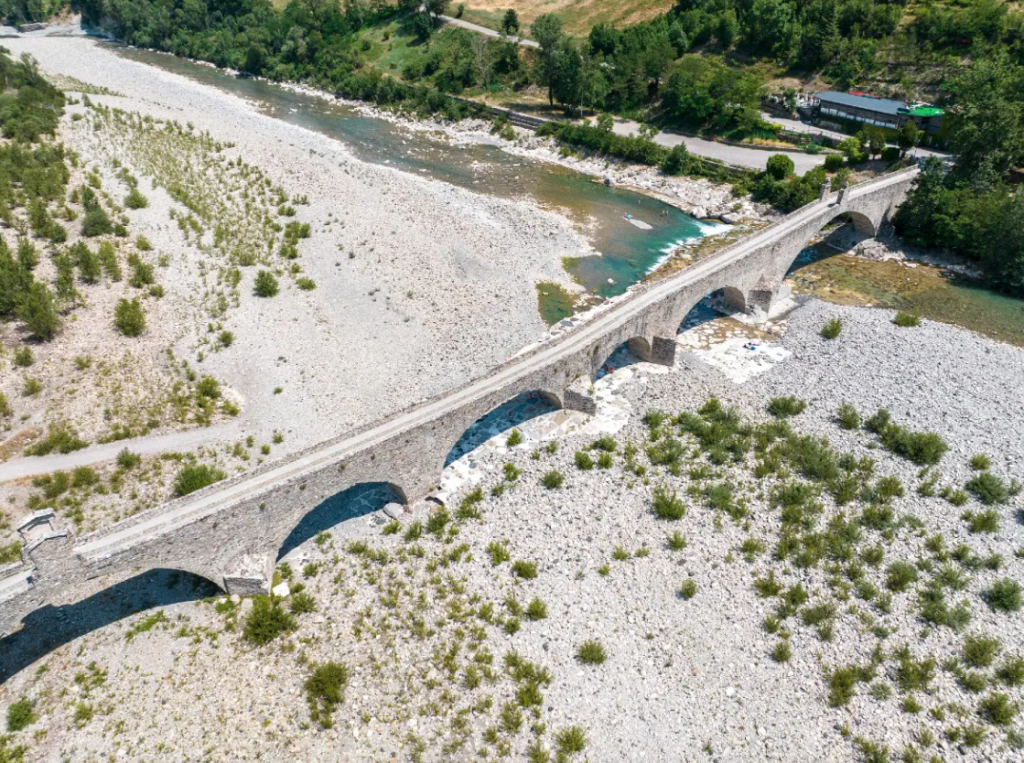The estimates of the insurance company Lloyd’s
(sustainabilityenvironment.com) – The shocks that the climate crisis can cause to the global food system and water supply can account for $5 trillion over five years. Damage is caused by extreme events such as heat waves, droughts, and floods that devastate limited regions but have repercussions all over the world. This was calculated by the insurers of Lloyd’s in a study conducted in conjunction with the Centre for Risk Studies at Cambridge University.
The estimate is derived from an analysis conducted using forecasting models to develop plausible projections – based on 40 years of field observations – to demonstrate the economic and insurance impacts over the next five years and assumes three different severity levels. “We assume more years of economic losses greater than worst-case due to extreme weather conditions, with an increase in all the threats of non-geophysical natural hazards associated with extreme events,” the authors explain.
In the best scenario, where the combination of extreme events has a total return time of once every 50 years, cumulative damages are worth $3 trillion. While in the worst case, with a return time every 300 years, the bill jumps to $17,600 billion. The weighted average damage is around $5 trillion in 5 years, but taking into account the probability that these extreme events occur in the current climate drops to $710 billion.
The cost of extreme events in Europe
However, this figure is significantly higher than that paid so far: in Europe alone, in the 30 years between 1990 and 2021, the cost of extreme events is estimated by the European Environment Agency at “just” 560 billion euros. And always looking only at the old continent, Lloyd’s predictions are far worse. Even in the less dramatic scenario, the bill can reach $1,900 billion in 5 years. Scenario that, for the insurance company, has a very high probability of occurrence, more than 90%.

